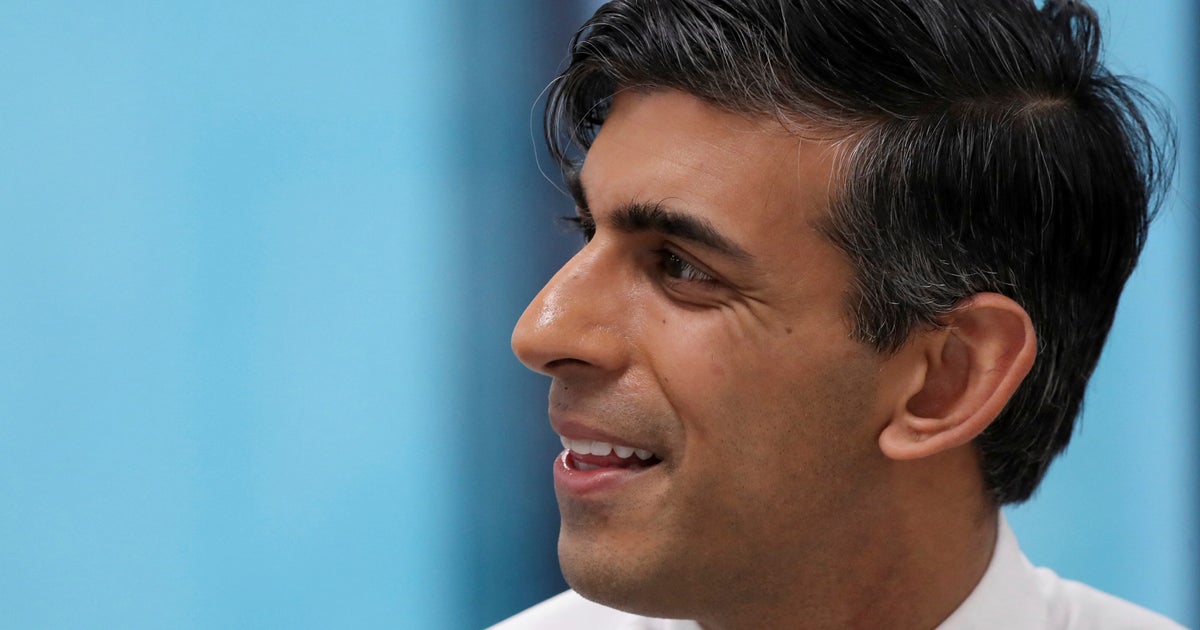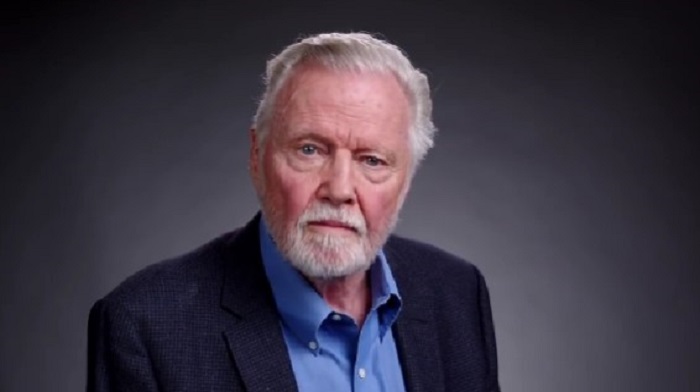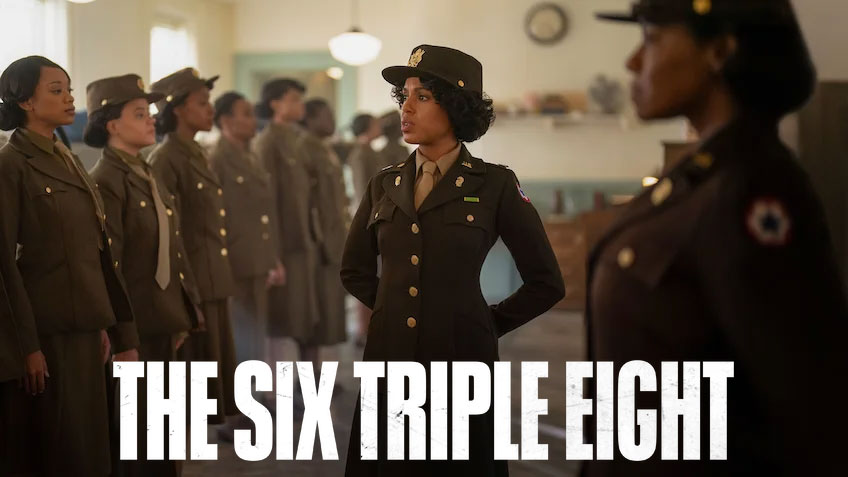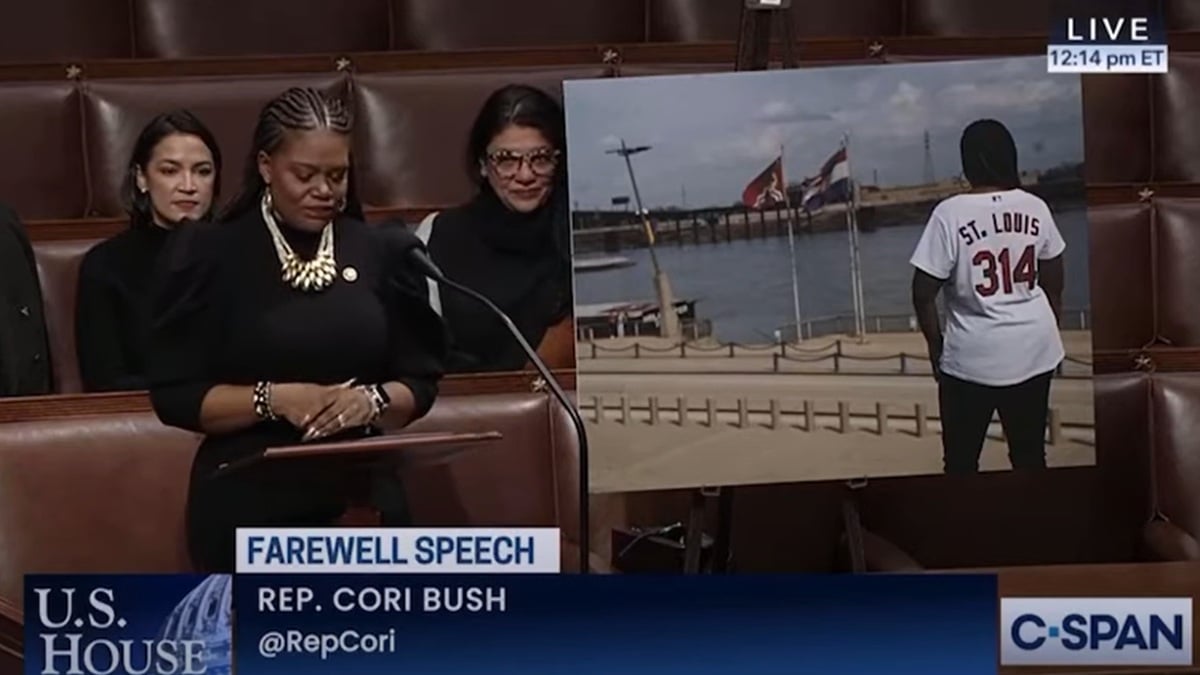The big news on opening day of Sundance was the addition of Justice, an investigative documentary notable as the first foray into nonfiction filmmaking for major-league director Doug Liman, and for the fact that its existence had been kept under wraps for more than a year, with all participants signing NDAs. But to anyone who followed the Brett Kavanaugh Supreme Court confirmation hearings and the shameful treatment of Christine Blasey Ford, who came forward with accusations of attempted rape when they were at high school together in the early ‘80s, there will be very little here that comes close to an earth-shaking revelation. Sure, the outrage still stings, but where’s the news?
Liman and his producer and writer Amy Herdy spoke after the film’s premiere about the hope that it might trigger action and lead to “a real investigation with subpoena powers.” But with Kavanaugh now ensconced in a lifetime Supreme Court seat, it’s difficult to imagine anything here moving the needle.
Justice
The Bottom Line
Little that we didn’t already know.
Those who found Ford’s testimony credible and were appalled by the bullying to which she was subjected by Republican senators — not to mention the hate mail and threats to her family’s safety from Trump zealots — will remain disgusted. Those who were willing to ignore the evidence that the evasively squirming, performatively indignant Kavanaugh was unfit to serve will remain of that opinion, albeit without much new fortification.
Justice regurgitates information that was largely already in the public sphere, so its main purpose will likely be as a for-the-record summation, albeit a workmanlike one puffed up here and there with generically ominous music to suggest murky machinations at the highest levels of government. Big surprise.
We don’t need a replay of Donald Trump mocking Ford’s testimony at one of his rallies to be reminded of the disrespect shown by the White House at that time to the entire process, and by extension, to all victims of sexual assault. The “boys will be boys” dismissals remain reprehensible, as do the words of those asking why ruin a man’s entire career for something he did as a kid. But none of that is new.
In the film’s favor, it does provide persuasive context from clinical and forensic psychologists as to how trauma-related memory works, adding credence not only to Ford’s accusations but also those of second accuser Deborah Ramirez, who came forward during the nomination process with her account of Kavanaugh exposing himself to her while they were at Yale.
Ramirez appears extensively here, telling her story with courage and candor. The fact that she was a triple minority at white male-dominated Yale — a biracial woman who didn’t come from wealth — makes her recollections of being humiliated at a boozy campus party more disturbing, with Kavanaugh’s cruel laughter still lingering in her memory.
While much of Ramirez’s experience was revealed in Ronan Farrow’s New Yorker article, Liman’s film goes into considerable detail indicating that Kavanaugh’s circle got to other Yale alumni who were present at the incident and intimidated them into silence. Given that a text chain alluding to contact with Kavanaugh predates the article by two months, the Supreme Court nominee would appear to have perjured himself in testimony stating that Farrow’s piece was the first he heard of it. But again, is anyone really surprised at this point?
What’s more unexpected is that Ford’s participation in Justice is limited to an opening shot in which she’s partially out of frame, asking Liman about his ultimate goal with the project. With everything that Ford was put through just to have it all swept under the rug by Republicans determined to confirm Kavanaugh’s appointment at any cost, it’s perhaps natural that she chose to keep a cautious distance. Still, seeing Ford on the stand again if nothing else serves to refresh the memory of what a travesty of, well, justice the proceedings really were.
Liman and his investigative team do deserve credit for shining a light on the extent to which the FBI were puppets of the Trump government, severely limiting their investigation, ignoring the vast majority of relevant information gathered on a tip line and providing only a handful of Kavanaugh-related documents to the White House. It’s startling, for example, that no attempt was made to interview Ramirez or the other Yale alumni seen here with incriminatory recollections of Kavanaugh.
The most substantial piece of new evidence the film uncovers is testimony from Max Stier, a respected nonpartisan figure in Washington who is founding president and CEO of the Partnership for Public Service. While Stier doesn’t appear on camera, he states in a recording that he witnessed sexual misconduct by Kavanaugh during a drunken dorm party involving another woman, who chose to remain anonymous after seeing how Ford was treated. Again, the FBI declined to follow up on Stier’s allegations.
But that doesn’t exactly make for a searing exposé. Considering that Justice was touted at Sundance as a powerful indictment of a corrupt system, it turns out to be a bit of a nonevent.



























































